Space Verdict
The Autel EVO Max 4T is a far cry from a consumer drone in many ways, not least by price. But with its high-end performance and ease of use, it's a fantastic option for specific professional applications.
Pros
- +
Wide-angle, zoom and thermal cameras
- +
Impressive obstacle avoidance
- +
Excellent surveying/mapping functionality
Cons
- -
Appears complicated at first
- -
Only one battery in the kit
- -
Not for consumers
Why you can trust Space.com
Weight: 3.57 lbs / 1620 g
Dimensions: Folded 10.1 x 5.71 x 5.16 in / 257 x 145 x 131 mm / unfolded 12.52 x 15.75 x 5.79 in / 318 x 400 x 147 mm (excluding propellers)
Battery: 8070 mAh / up to 42 minutes
Charger type: AC/DC charger
Modes: Slow, Smooth, Standard, Ludicrous
Video transmission range: Up to 12.4 miles/20km (FCC), 4.9 miles/8km (CE)
Video resolution: 4000x3000 px
Frame rates: 30 fps
These days, drones are aimed at a wide range of uses with specific features that will appeal to different pilots. Although many professional pilots use consumer drones for professional work, some high-end alternatives are available that deliver enterprise-level features and functionality, and the Autel EVO Max 4T is one of these models.
The Autel EVO Max 4T is larger and heavier than medium-sized consumer and prosumer drones such as the DJI Mavic 3 and the Autel EVO Lite+, coming in at a weight of 3.57 lbs / 1620 g. That said, it's much smaller and lighter than many professional models, so it's far from the most cumbersome option available, and this in itself is an advantage in certain situations. So, it's safe to say that the EVO Max 4T is one of the best drones available for emergency services, search & rescue and surveying/mapping.
With three cameras, including a wide-angle, zoom, and an infrared camera alongside a laser rangefinder, imaging is at the forefront of this drone's capabilities, although it's certainly not aimed at photographers or videographers. What's more, it's IP43 rated for dust and water resistance and offers advanced collision avoidance, anti-interference, and mapping capabilities, to name but a few features, making this a highly capable drone for professional drone pilots.

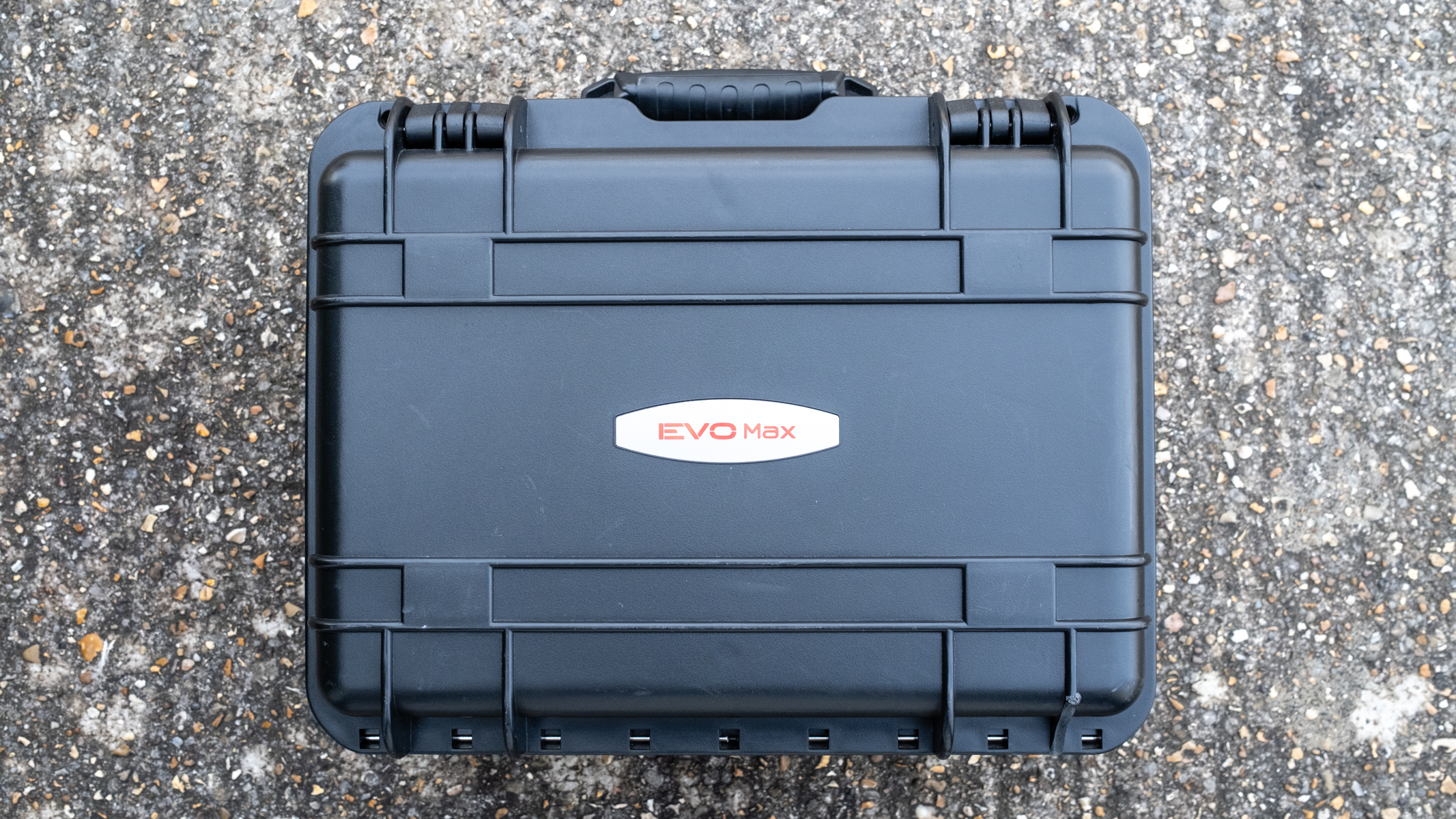
Autel EVO Max 4T: Design
- Folding design
- Weight of 3.57 lbs / 1620 g
- Impressive smart controller
The Max 4T is a large and heavy drone in consumer terms but for an enterprise model, it’s quite compact and lightweight with a folded size of 10.1 x 5.71 x 5.16 in / 257 x 145 x 131 mm and an unfolded size of 12.52 x 15.75 x 5.79 in / 318 x 400 x 147 mm, excluding propellers. The folding element makes it easier to transport and store, but with a weight of 3.57 lbs / 1620 g, before you factor in the smart controller and the hard case, it's still a fairly hefty drone kit.
The Max 4T needs to be this size because the gimbal and camera it carries are larger than consumer drones and is home to three cameras including a wide-angle, a zoom an infrared camera and a Laser Rangefinder. The camera and gimbal are also interchangeable, so you can use the camera from the Autel EVO Max 4N without having to purchase a second drone and vice versa.
With this size and weight comes more power and respectable flight times, which is necessary considering the intended use cases for the Max 4T. The maximum wind resistance is 27 mph, and the drone's maximum speed is 51mph in Ludicrous mode (42 mph in EU regions). During testing, the Max 4T was flown in wind gusts of over 30 mph and didn’t once skip a beat.
Advertised flight times are up to 42 minutes, but during testing, wind gusts were well over 20 mph, which naturally requires more power. Flights were coming in at around 26 minutes before Return to Home was initiated once the battery level reached 20%. This is respectable considering the conditions and suggests that lower wind speeds would allow for increased flight times.
Breaking space news, the latest updates on rocket launches, skywatching events and more!


Being an enterprise drone, the Max 4T comes with the impressive Autel Smart Controller V3 featuring a luxurious 7.9-inch, 2000 nits touchscreen with a 2048 x 1536px resolution. This may sound like a lot of screen real estate, too much even, but with the amount of information that can be viewed on the screen, for example, camera view, infrared camera view and the map.
With this large screen, the controller is, overall, fairly large and weighs 48 oz /1361g, but it's comfortable to hold thanks to rear hand grips and a handle for carrying. The operating time with a full charge is up to 4.5 hours, which is impressive for a controller and provides plenty of time to complete professional aerial tasks with only the drone battery requiring a change.
As an aside, the Max 4T supports battery and controller hot swapping for faster work continuation, including when performing mapping tasks that have been paused midway through.
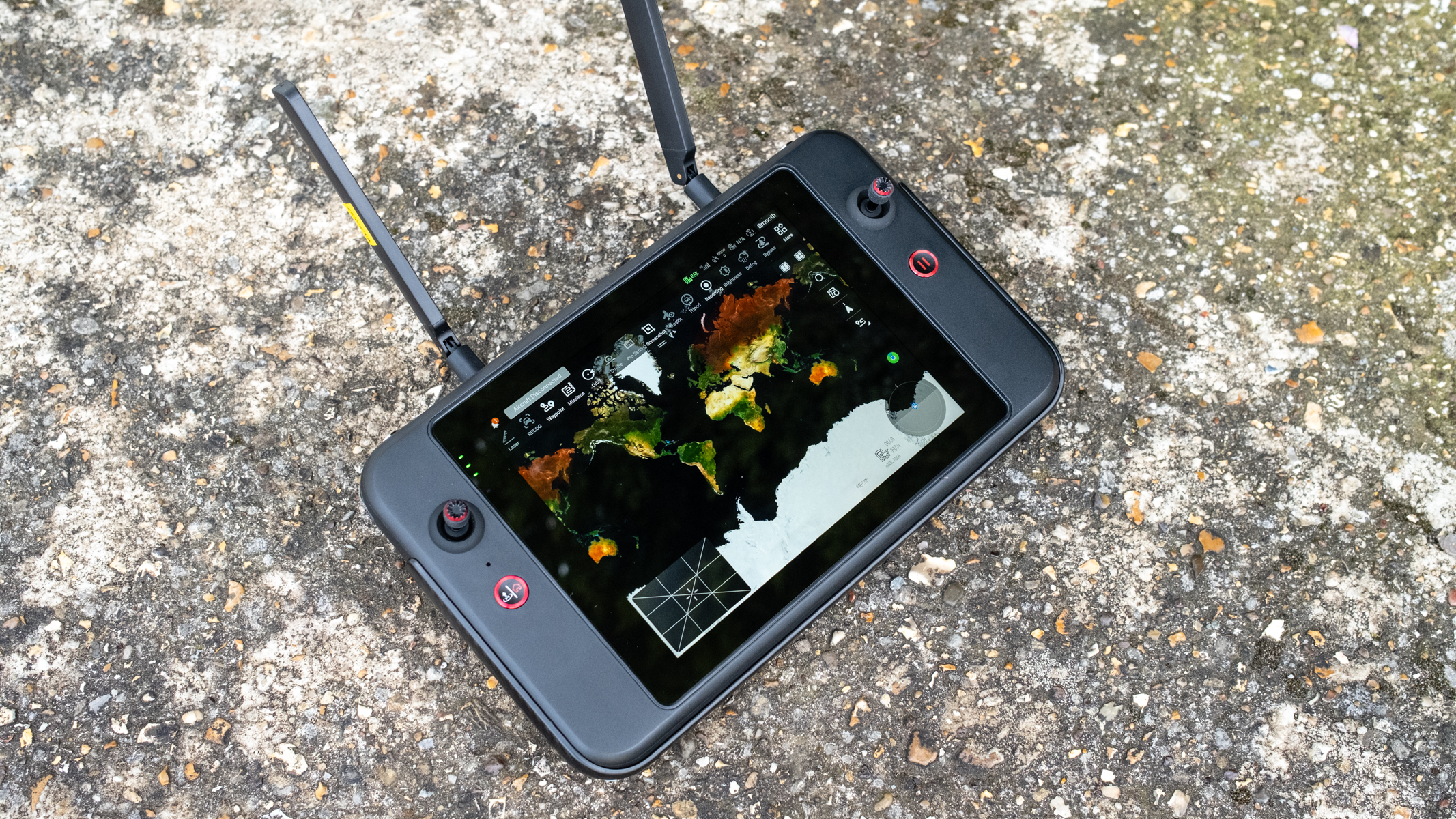
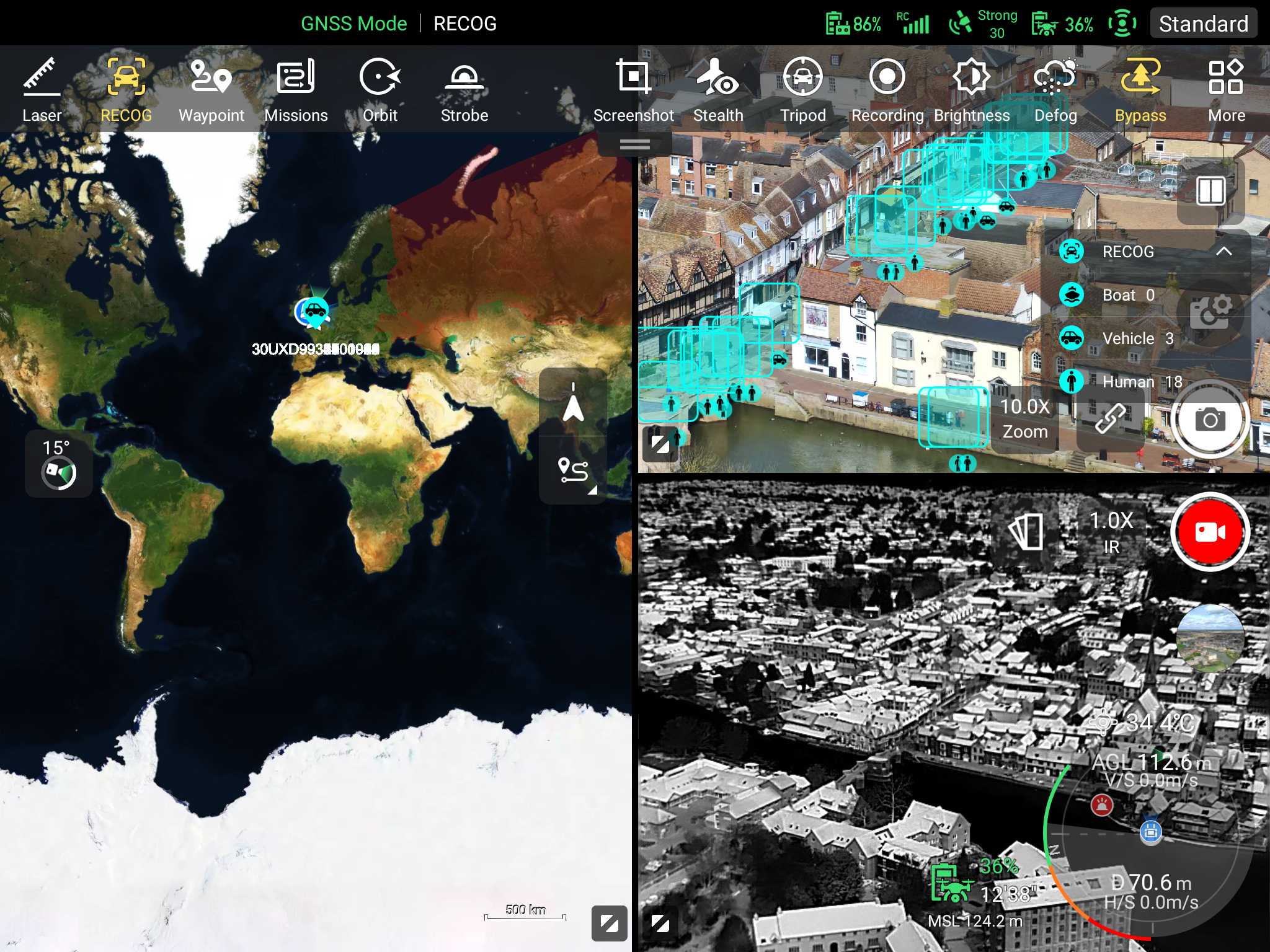
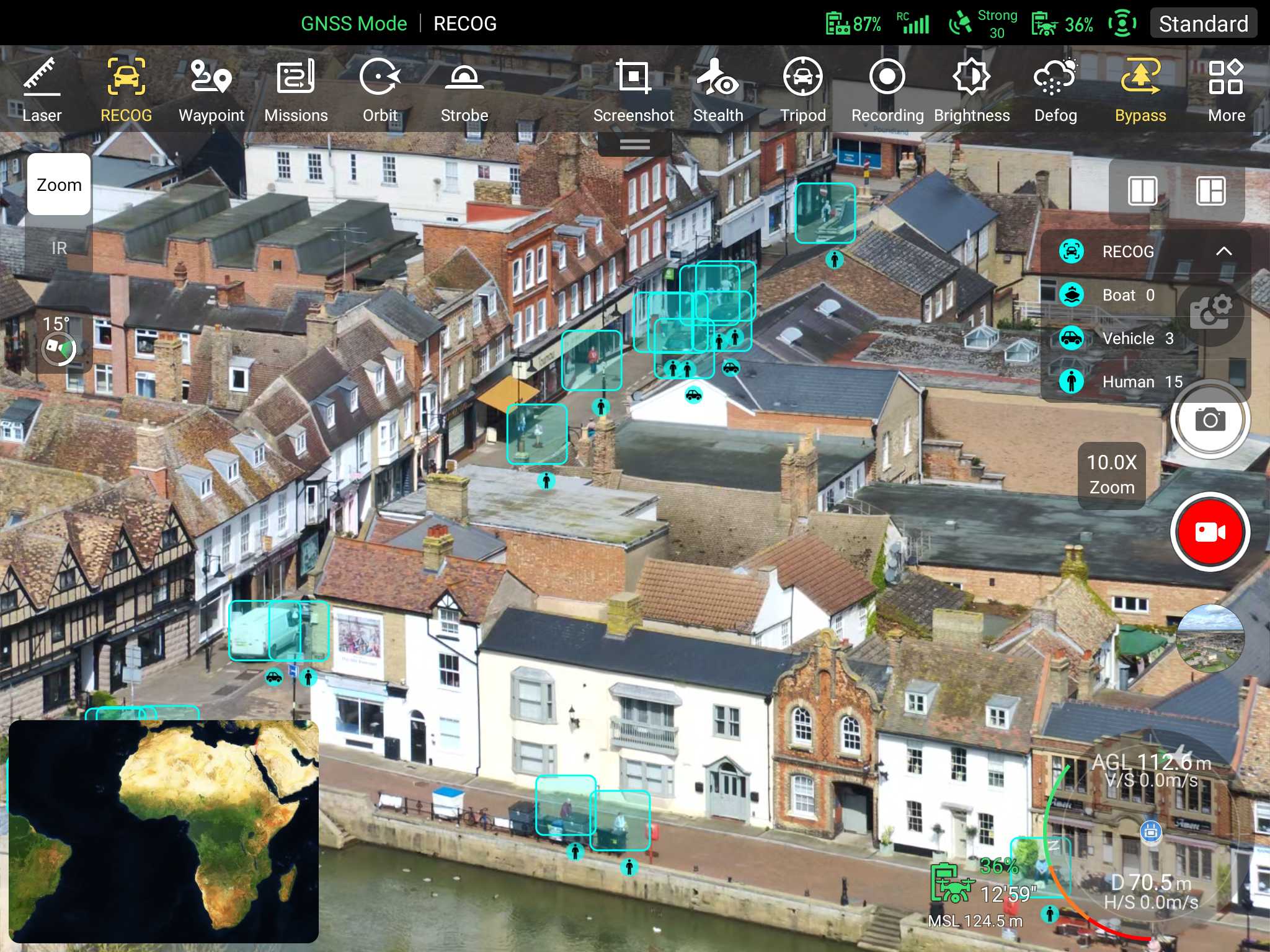
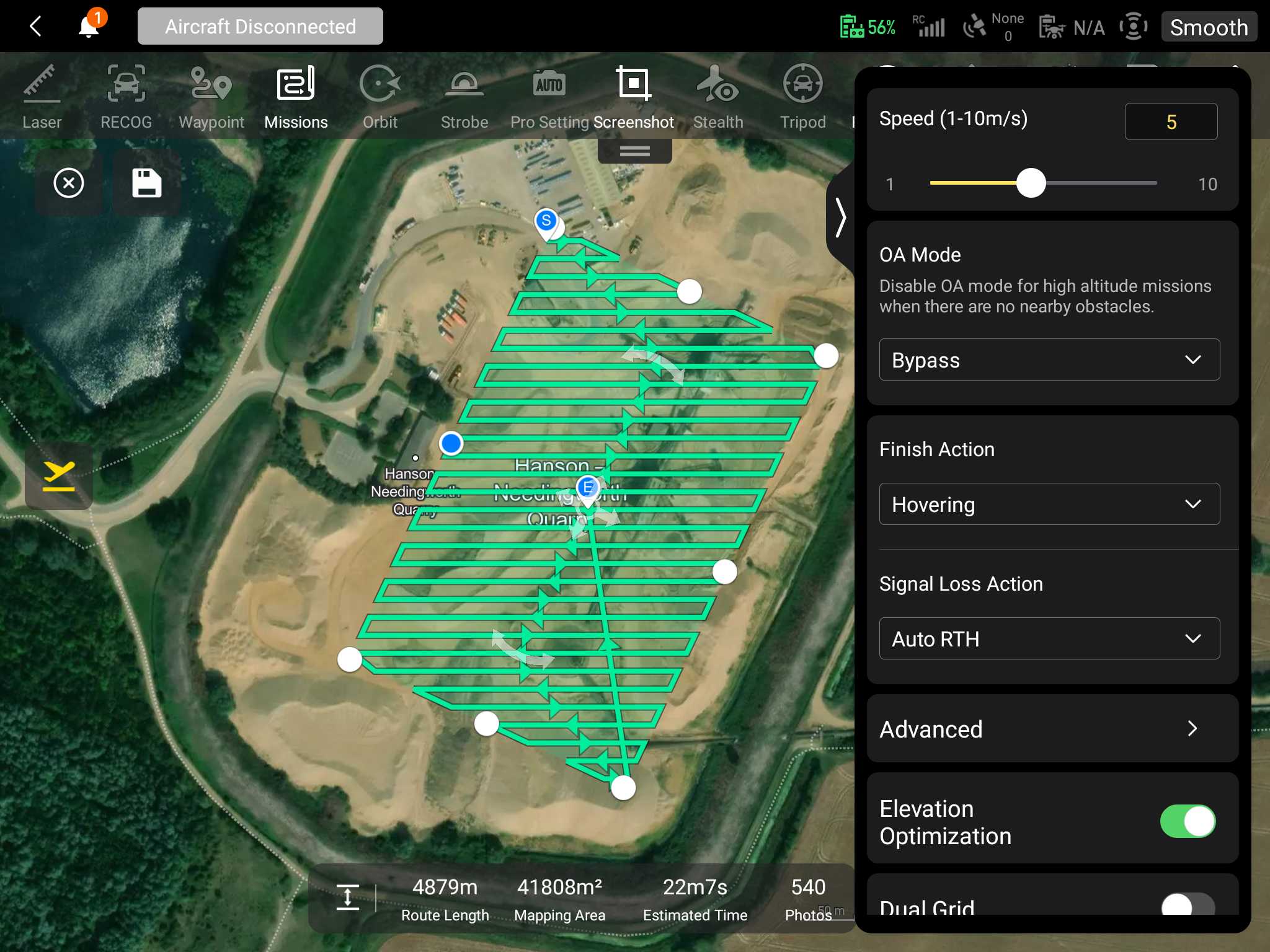
Autel EVO Max 4T: Functionality
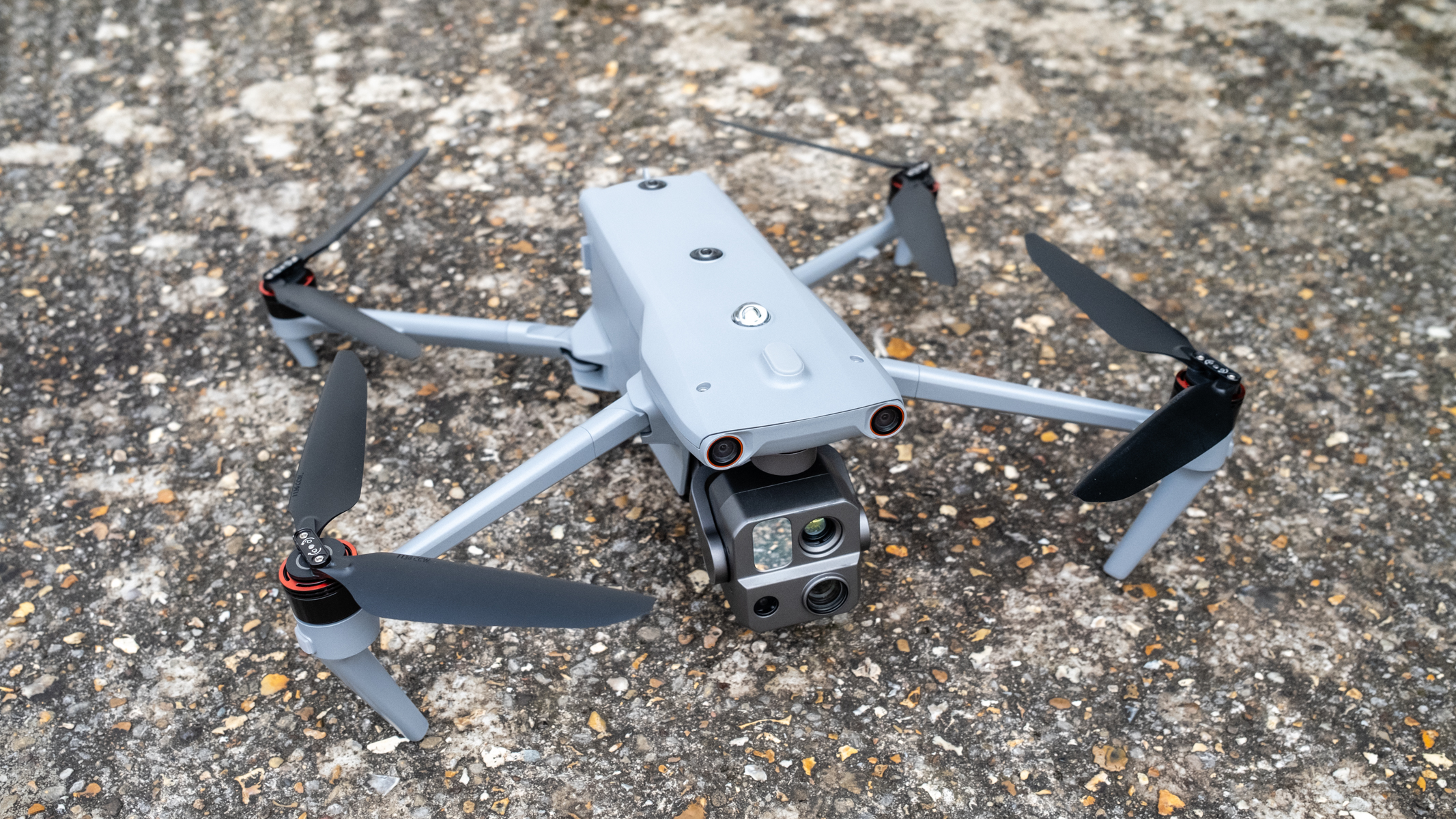
- Easy to use but not intuitive
- Impressive obstacle avoidance
- Robust overall performance
When it comes to flight performance, the Max 4T can't be faulted with positive and powerful flight in a wide range of conditions, including reasonably strong wind and light rain thanks to the IP43 rating for dust and water resistance. Set-up time is also fast, which is ideal for deployment by police and search & rescue pilots, for example.
The Max 4T is easy to use, considering the advanced features on offer, but it's not particularly intuitive, so you have to spend some time learning how to access features and functions. Once you know how to do things, they're easy—incredibly so—but learning is required, and even the locations of settings aren't always immediately obvious.
Moving onto features, there are far too many to list, so we'll cover some of the most important. Obstacle avoidance is an impressive aspect of the Max 4T with front, top, rear and downward-facing sensors providing precise obstacle detection thanks to a combination of binocular vision and millimeter wave radio technology. This provides all-around obstacle detection which can be set to stop the drone or to bypass the obstacle for continuous flight.
The feature works incredibly well and provides the pilot with confidence that the Max 4T can successfully avoid obstacles that are difficult to judge from even a short distance due to perspective. Plus, the Max 4T can even perform well in locations and situations where a GPS is unavailable, allowing for safe and reliable flight in these situations.
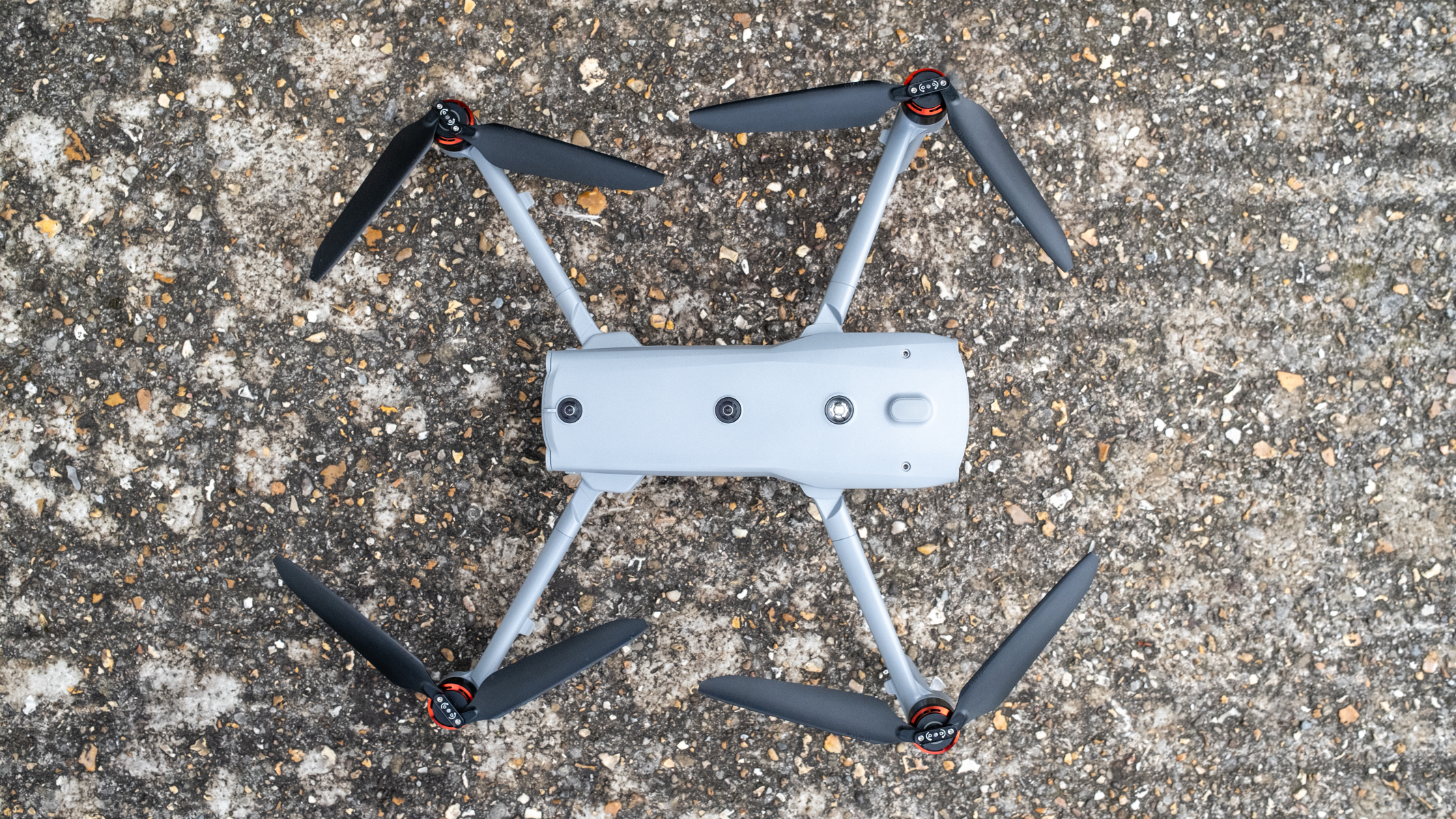
What's more, the drone features anti-jam and anti-interference technology to counter RFI, EMI and GPS spoofing making it ideal for use by police pilots and flights close to critical infrastructure, such as powerlines, for mapping and surveying. There's also encryption of the signal between the drone and controller, alongside the image assets captured and flight logs so sensitive information can be password protected when necessary using AES-256 encryption.
With precise and easy-to-use mission planning functionality, the Max 4T is amazing when it comes to mapping and surveying tasks. The controller can be used for planning, saving, executing and replicating missions if necessary. But, like the drone in general, setting this up isn't immediately obvious but becomes incredibly easy when you know to. Once images have been captured, they can be combined in Autel Mapper or other 2D/3D mapping and stitching software.

Autel Mapper is software that generates 2D and 3D models from drone images captured during automated flight missions. Once again, this is easy to use like the drone, but you will need to watch a tutorial to point you in the right direction. This software comes at an additional cost to the Max 4T but is available as a free trial for three months.
Then there's the A-Mesh system, which wasn’t tested, but this allows for multiple drones to communicate and to be flown manually or autonomously together to perform tasks. Plus, communication nodes can be deployed to improve coverage and drones can be effectively shared between controllers and pilots to cover larger areas and to maintain a visual line of sight.
Autel EVO Max 4T: Performance

- Three cameras and a Laser Rangefinder
- Multiple image capture
- Object identification and tracking
The EVO Max 4T isn't a drone aimed at photographers and videographers, but that certainly doesn't mean that the photos and videos it captures aren't high quality. Like most drones, photos are typically sharpest in the center with some fall off towards the outer areas. There is a small but noticeable amount of vignetting present in RAW files.
This vignetting is corrected for JPEGs, and JPEG processing is, overall, pretty good, which is a great time saver for many professional drone pilots who lack the time and/or editing knowledge to work with RAW files. But to be completely honest, the in-camera processed JPEGs are actually much better than the RAW files that behave strangely in Adobe Lightroom in terms of white balance and take a huge amount of editing work to match the quality in-camera JPEGs.
Camera control for both photos and videos is available, but it's not as intuitive as drones designed for this purpose. Accessing settings isn't quite as simple. This isn't a huge problem because, for the intended uses of the Max 4T, you have everything you need at your fingertips. And for mapping tasks, the camera works automatically capturing JPEGs rather than RAW files, so everything is taken care of for you. But let's take a quick look at each of the cameras individually.

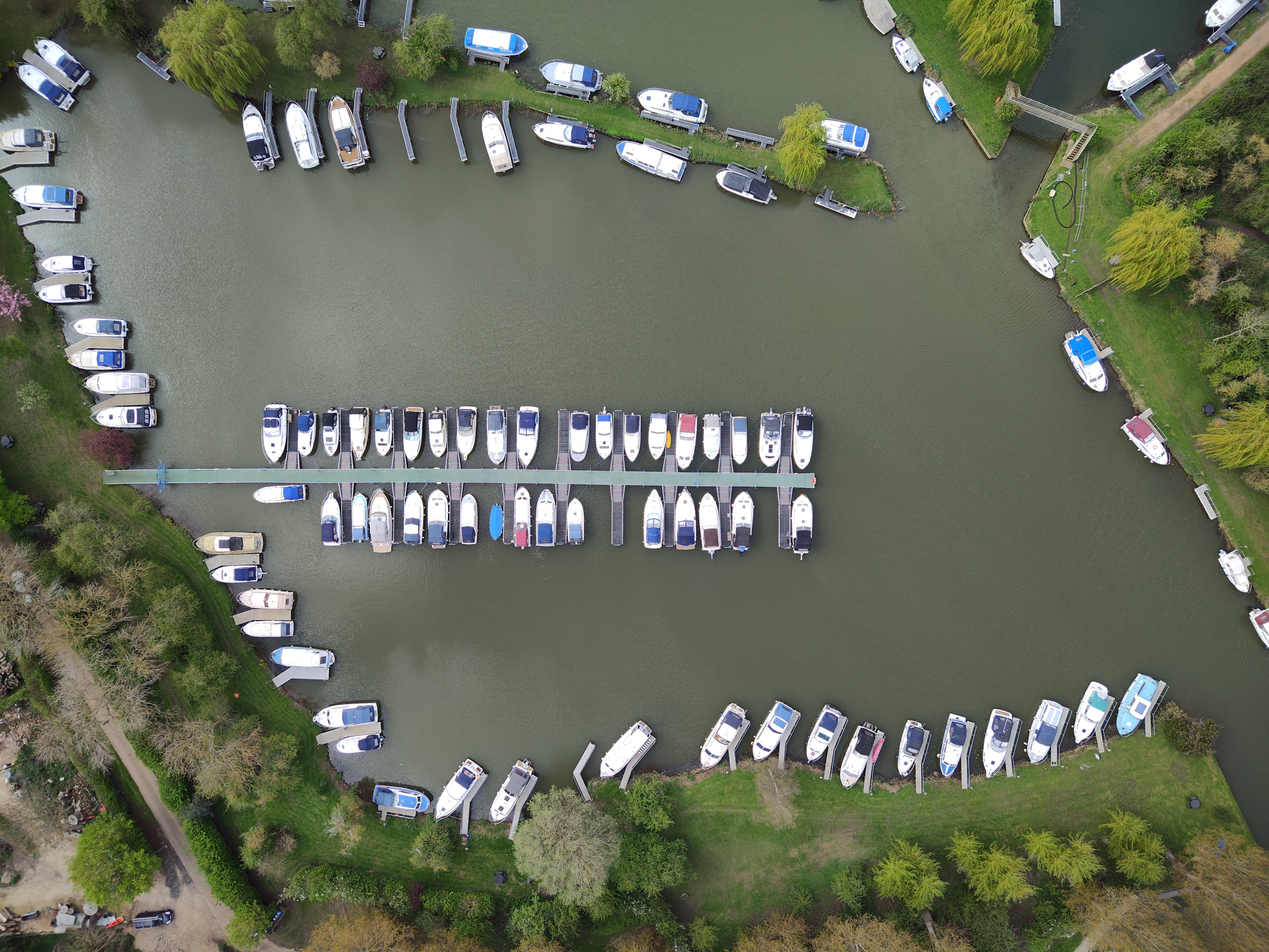
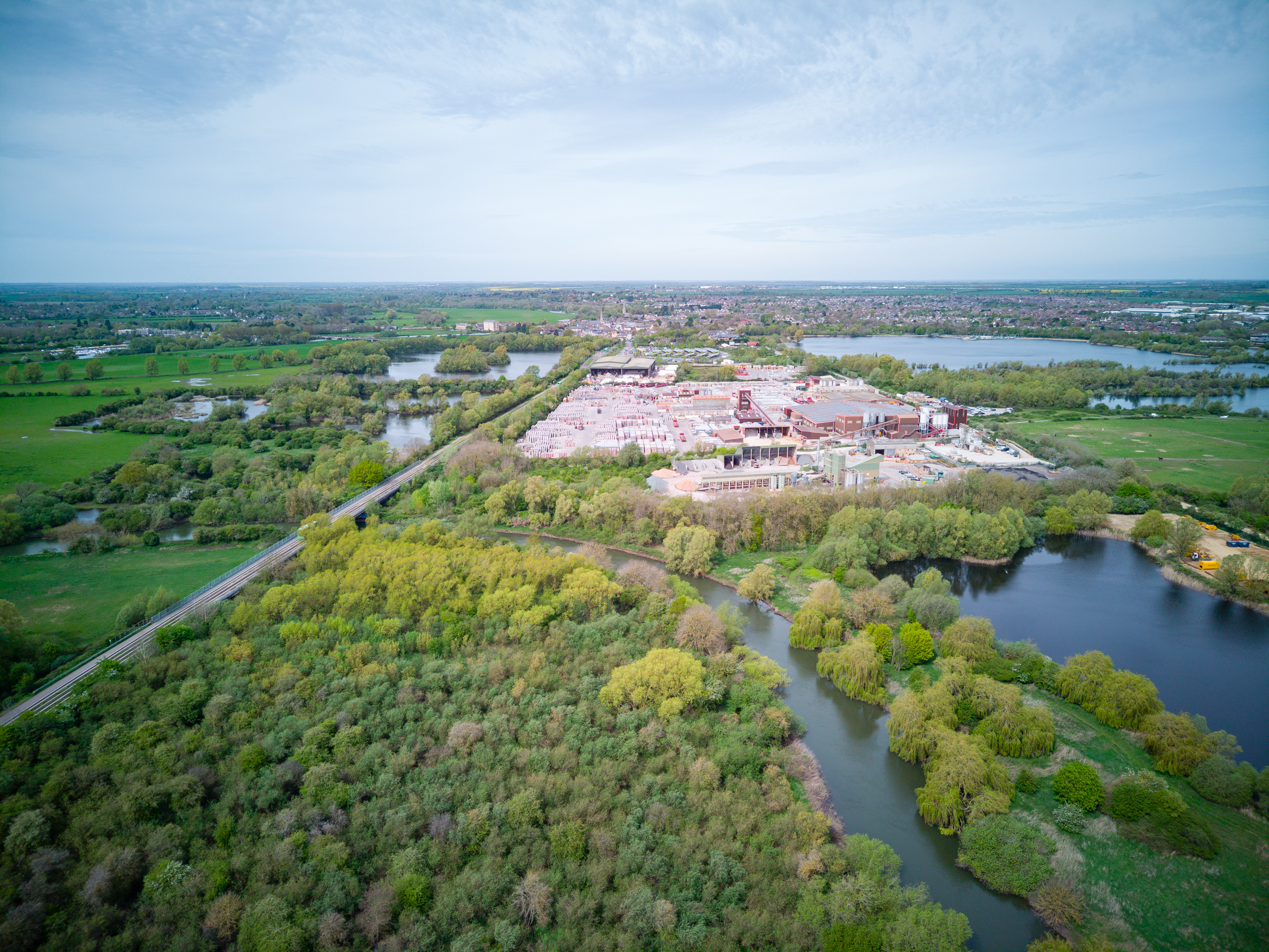
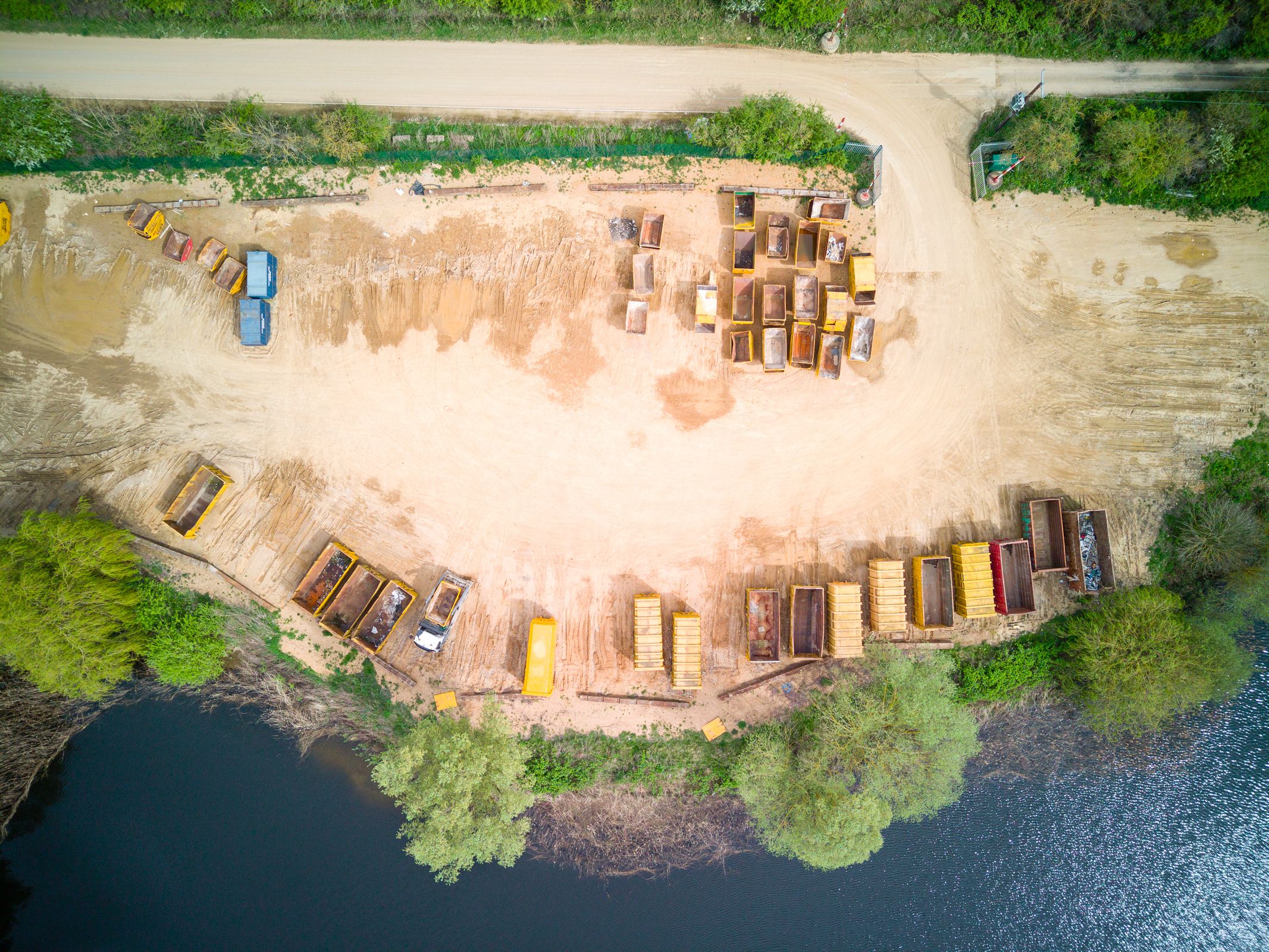

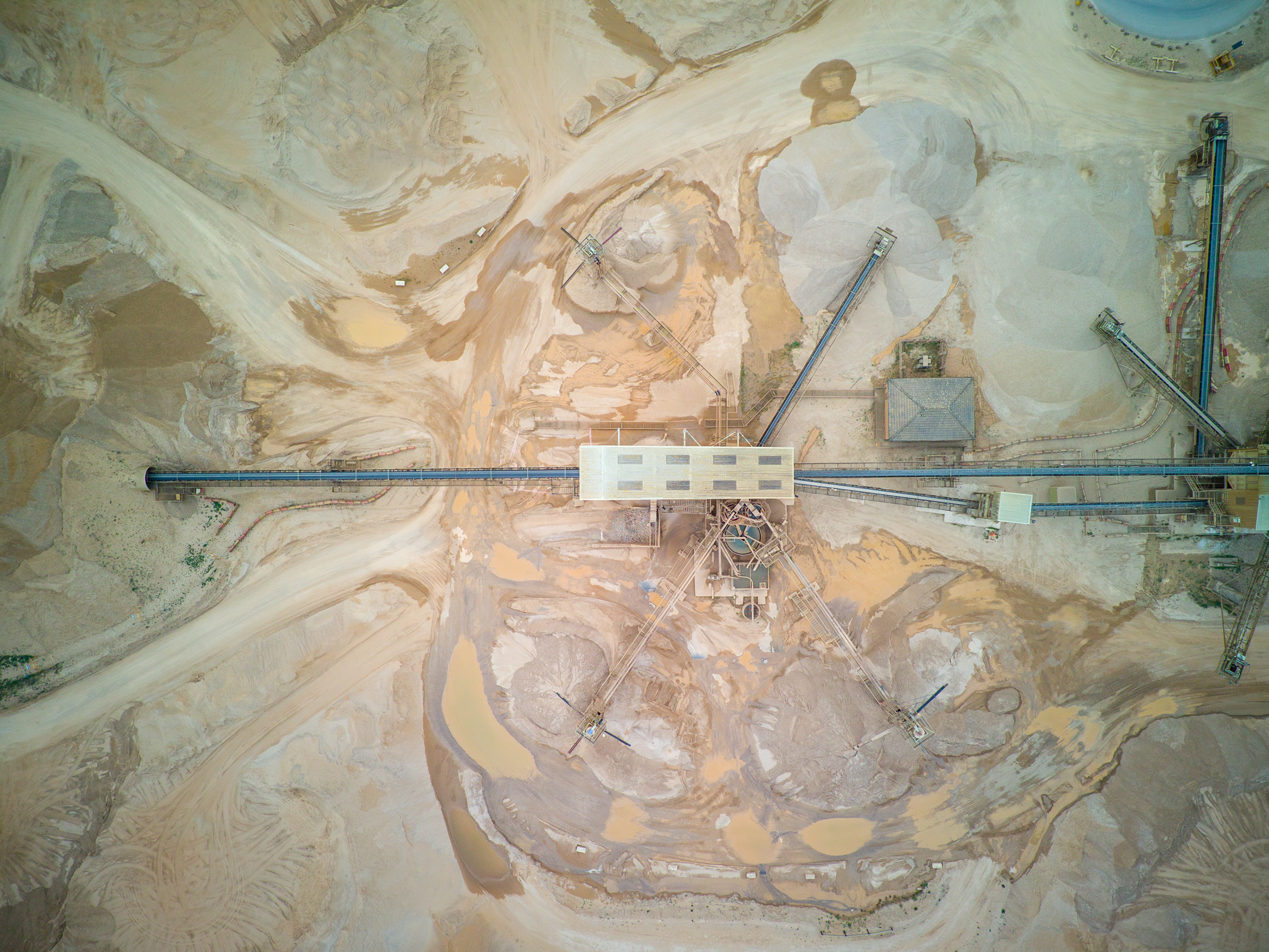
When photos and videos are captured, the Max 4T automatically switches between the wide-angle and zoom cameras depending on which is required; it always captures simultaneously from the active of these two cameras alongside the thermal camera, so you always receive two versions of every photo and video taken.
The wide-angle camera features a 1/1.28-inch CMOS sensor with a fixed f/1.9 aperture and a full frame equivalent focal length of 23mm, with the ability to capture 50MP JPEGs and 12MP RAW files. The zoom camera features a 1/2-inch CMOS sensor with an f/2.8-f/4.8 automatic aperture and can capture 48MP JPEGs and 12MP RAW files. The zoom range is up to 160x with an optical zoom taking care of up to 10x and a digital zoom working beyond this. Image quality reduces considerably with digital zoom, but since its use is for functional rather than creative purposes, this isn’t a problem.
The thermal camera is the lowest resolution of the three at 640 × 512px, but for search and rescue or evidential purposes, the resolution provided is sufficient. This camera uses an Uncooled VOx Microbolometer thermal imager and provides a 13mm focal length alongside a 15x digital zoom range with a temperature measurement range of -4 to 1022 degrees Fahrenheit / -20C to 150 degrees Celsius.

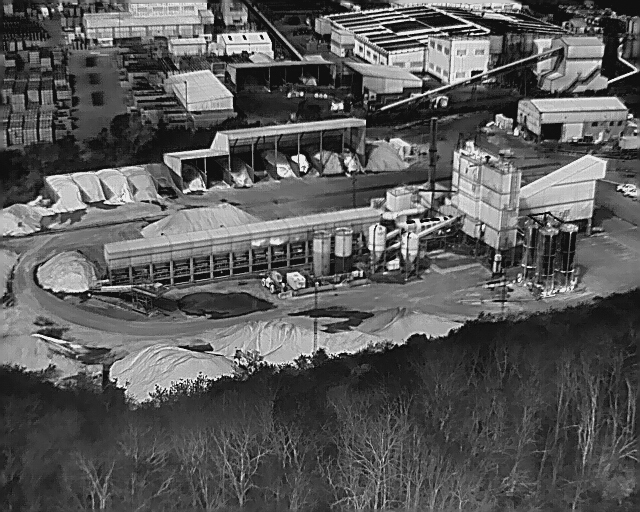
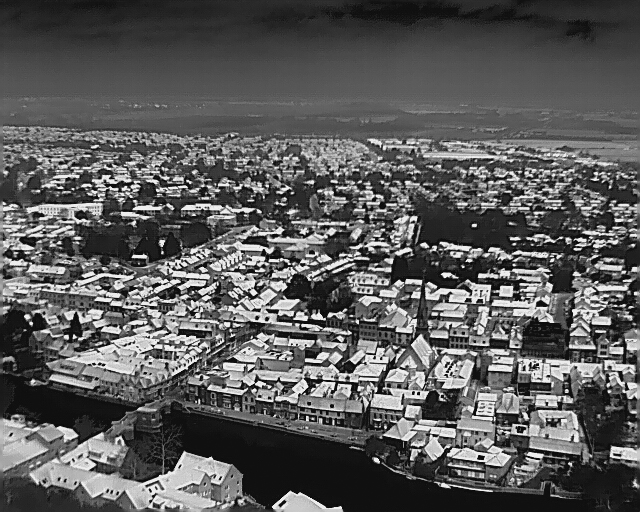


The gimbal/camera is also home to the laser rangefinder, which can provide coordinates and the altitude of a defined point from 0.75 miles away. This is an invaluable tool for law enforcement and search and rescue. Then there's object identification, where people and vehicles, for example, can be identified automatically using AI algorithms and tracked by the Max 4T.
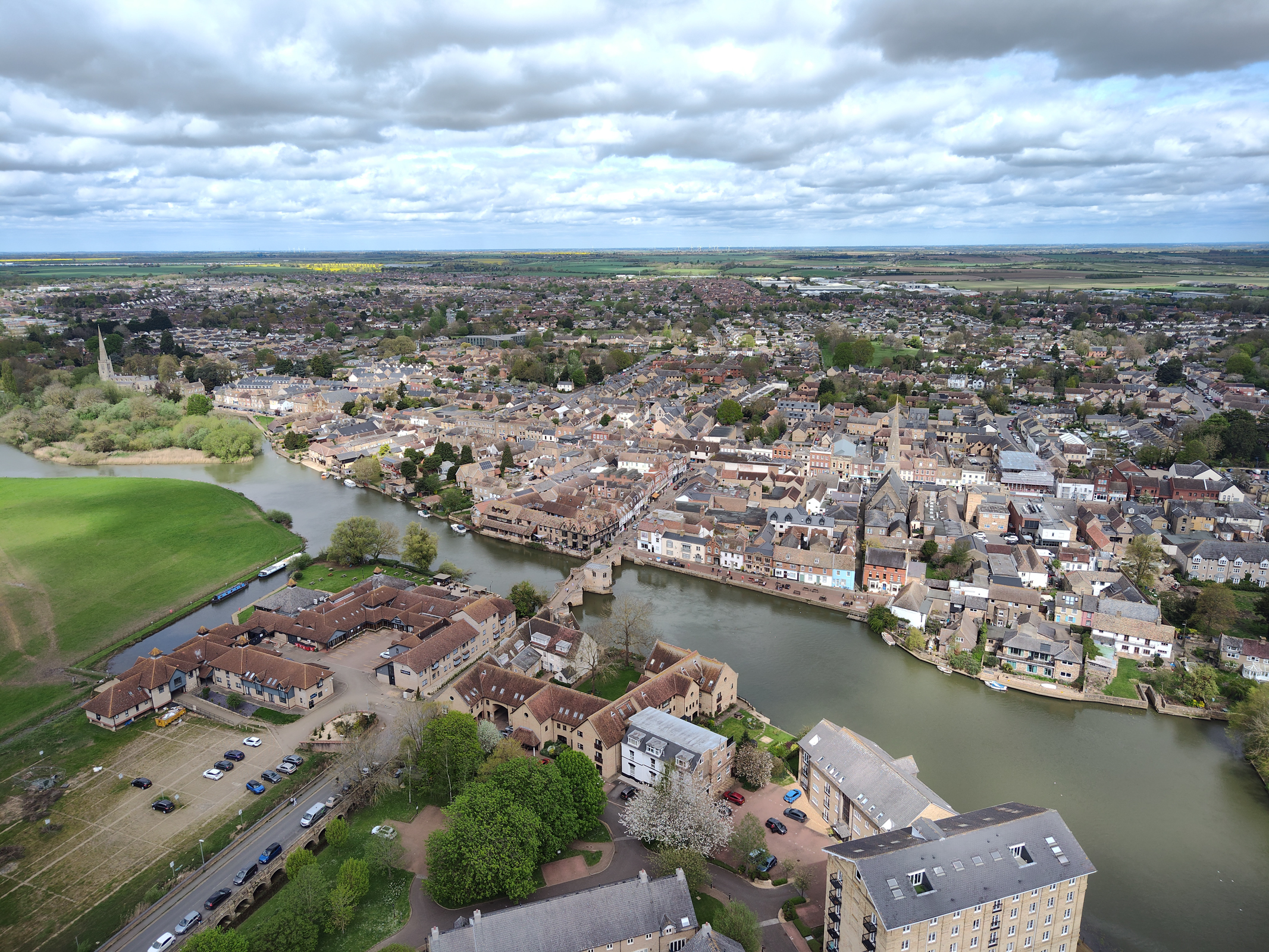
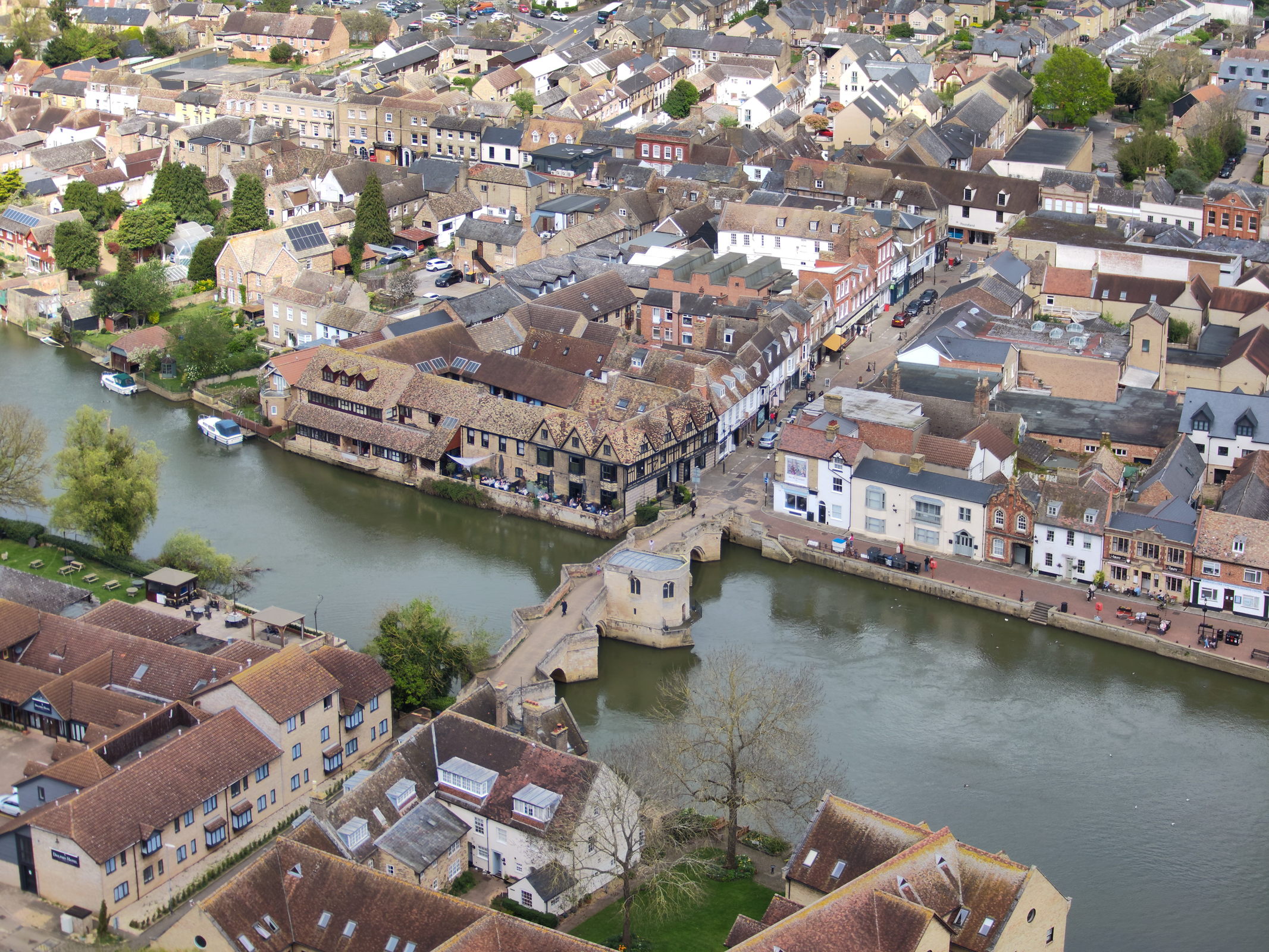
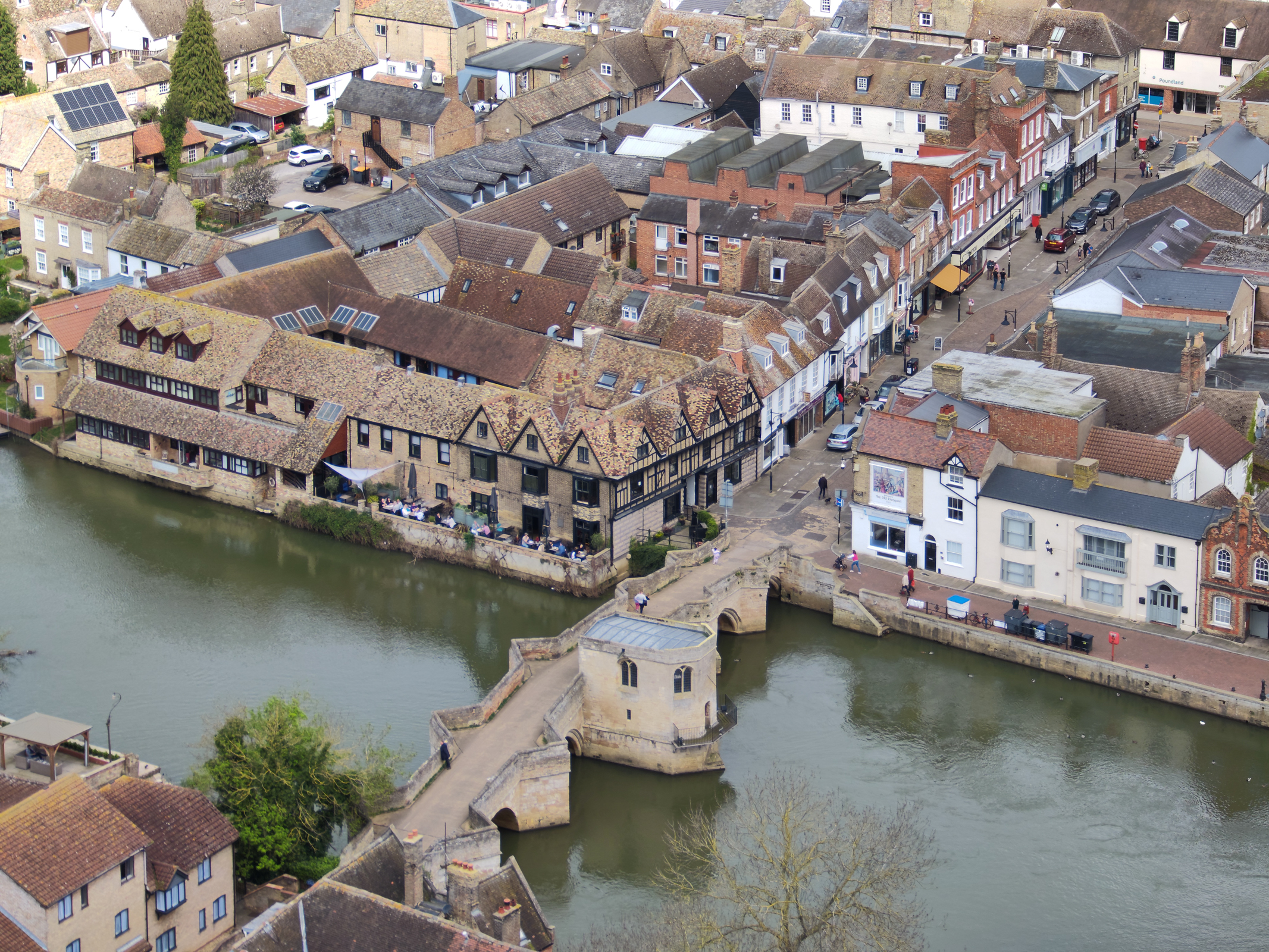
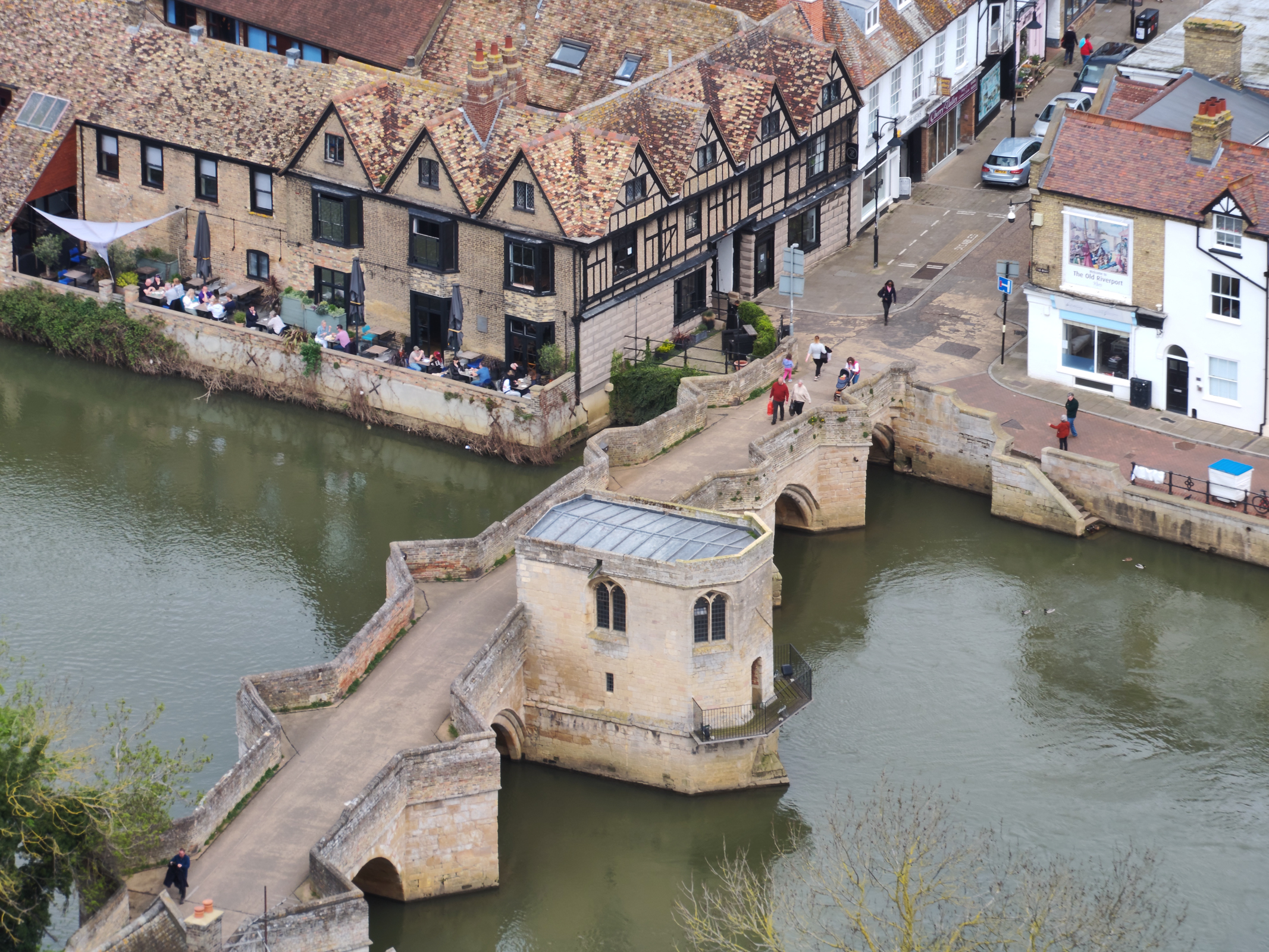
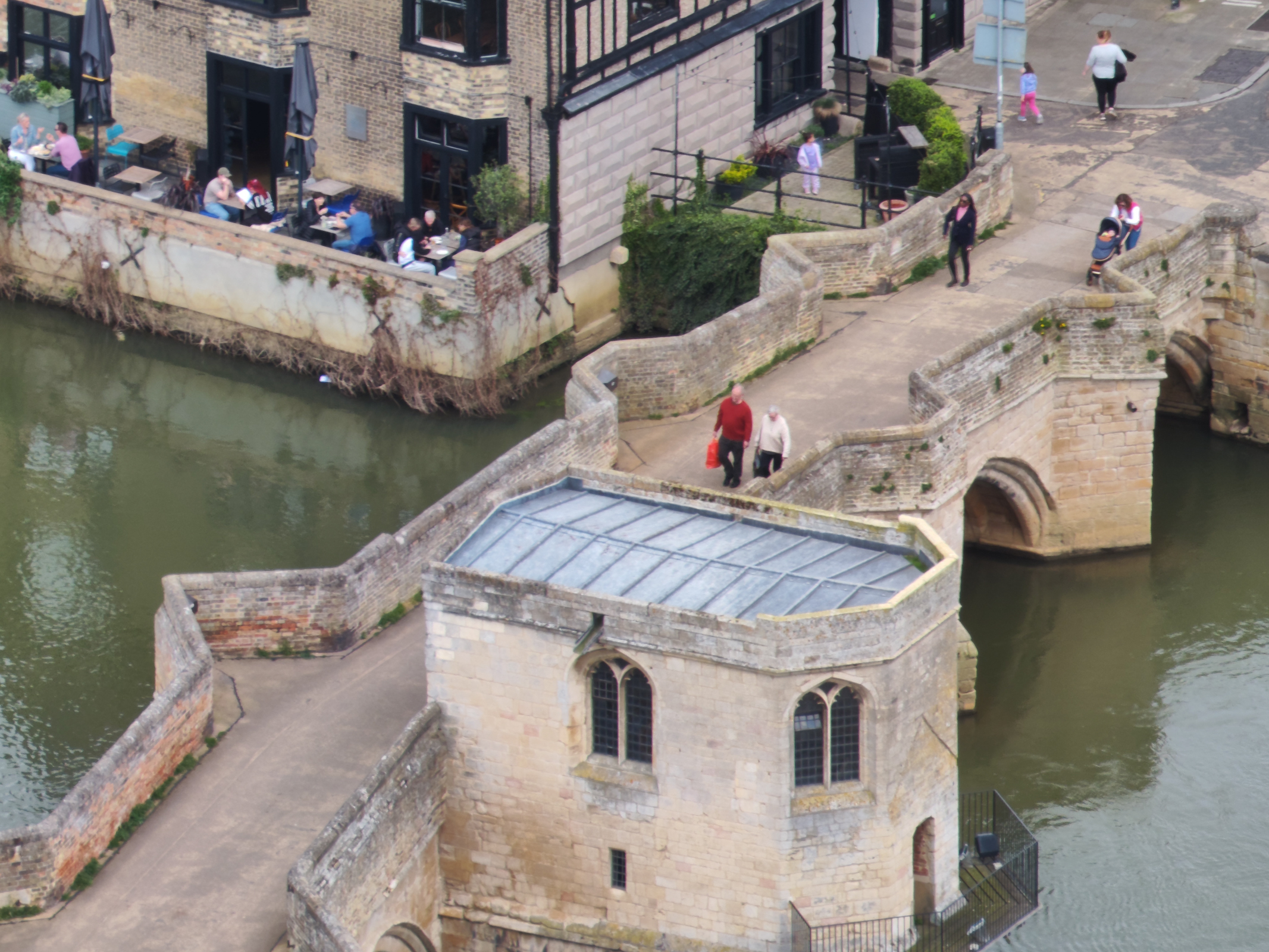
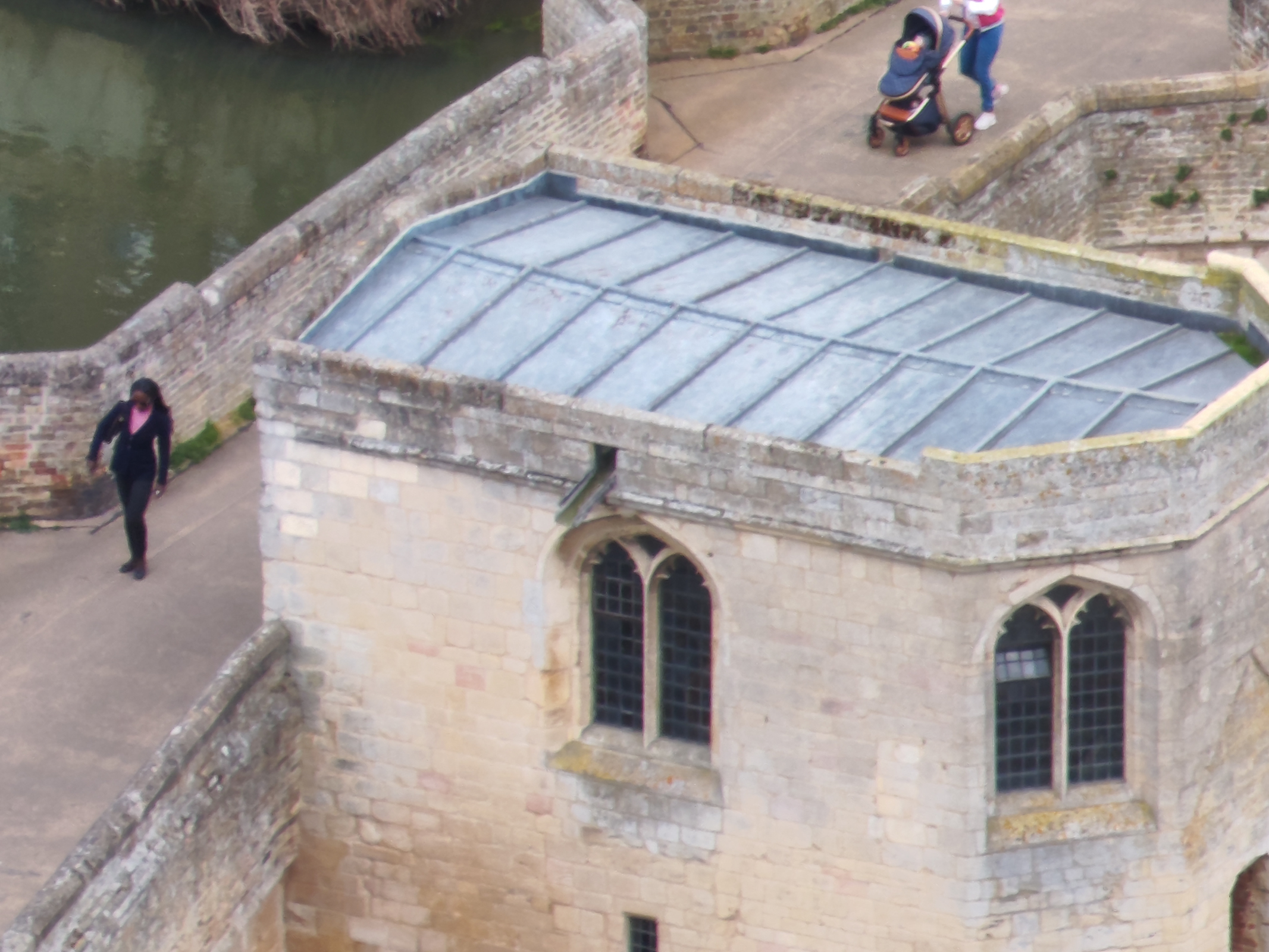


Autel EVO Max 4T: Price
Being an enterprise drone aimed at specific use cases, the Autel EVO Max 4T has a professional price tag to match at $8999 / £7959 for the kit. There's a huge amount of specialist and advanced functionality on offer, particularly for emergency services, search & rescue and mapping/surveying.
The kit includes the EVO Max 4T, an Autel Smart Controller V3, a smart controller strap, a charger for drone batteries and a charger for the controller, a set of propellers, two spare propellers, a rugged case, and other accessories. Since the kit includes only one battery, additional batteries must be purchased separately for $300 / £309 each.
For surveying/mapping, you may need Autel Mapper software. Once registered, the software comes with a three-month free trial period. After this, a monthly license costs $149, a yearly license costs $1499, and a perpetual license costs $3599.
Should you buy the Autel EVO Max 4T?
Being an enterprise drone, the Autel EVO Max 4T isn't aimed at consumers; cost, features and the size and weight of the drone alone take it beyond the requirements of this section of the drone market.
You could certainly use the Max 4T as a consumer, working within FAA (US) and CAA (UK) regulations and it would perform well, but despite its fast deployment capabilities, it's ultimately much less convenient than consumer models.
For emergency services, search and rescue, and mapping/surveying, the Max 4T is one of the best drones available. It offers relative ease of use considering all of its features and functionality. It undoubtedly excels in these areas, and you'll be hard-pressed to find an alternative that matches its broad feature set.
If this drone isn't for you
If you're a professional photographer or videographer looking for the best professional drone for you, the DJI Inspire 3 offers a 44.7MP full-frame interchangeable lens camera. Video is available up to 8K and this impressive drone can also handle surveying/mapping tasks with ease.
For hobbyist consumers, you have a wide range of options available to you that will cost less than the EVO Max 4T or the Inspire 3. If you'd prefer a medium-sized drone with professional features and the power to handle a range of situations, the DJI Mavic 3 Pro offers a 20MP 4/3 main camera, 70mm and 166mm telephoto cameras, alongside professional video functionality.
If you'd like a less expensive drone but one with excellent dual cameras rather than three, the DJI Air 3 has a wide-angle and telephoto camera, video capture up to 4K 100fps and the ability to capture upright/portrait format video.
James is an award-winning freelance landscape and portrait photographer, as well as a highly experienced photography journalist working with some of the best photography magazines and websites with a worldwide audience. He’s also the author of The Digital Darkroom: The Definitive Guide to Photo Editing. www.jamesaphoto.co.uk


